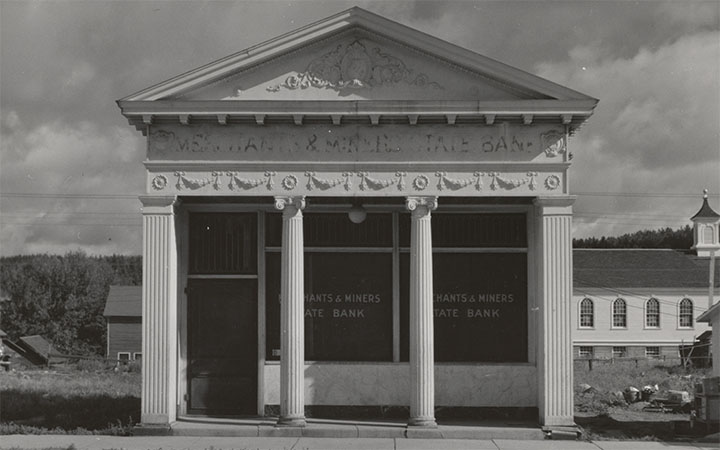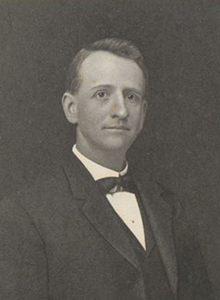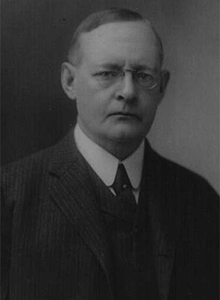Emergency Lending to Nonbank Borrowers
July 21, 1932

Congress responded to the Fed's request by amending the Federal Reserve Act to allow the Reserve Banks to make loans to creditworthy borrowers that were unable to obtain adequate loans from other sources. The provision was included in the Emergency Relief and Construction Act of 1932, enacted July 21, 1932, and added paragraph 3 to Section 13 of the Federal Reserve Act. The amendment limits lending under Section 13(3) to "unusual and exigent circumstances" and requires an authorizing vote of at least five members of the Federal Reserve Board. Further, borrowers must post acceptable collateral and demonstrate that they cannot obtain adequate credit from other sources.
On July 26, 1932, the Federal Reserve Board granted temporary authority to the Reserve Banks to make loans under Section 13(3). The Board renewed the authorization at six-month intervals to July 31, 1936. The Reserve Banks made 123 Section 13(3) loans totaling just $1.5 million during the four-years; the largest loan was for $300,000. The program was likely not used more heavily because the Fed set the interest rate on Section 13(3) loans above the discount rate on loans to member banks and because amendments to the Federal Reserve Act in 1933 and 1934 provided new avenues for the Fed to lend directly to individuals and firms on more favorable terms.2
Section 13(3) lay dormant for the next 70 years.3 However, the Fed used Section 13(3) during the financial crisis of 2007-08 to provide liquidity support to multiple financial institutions and markets affected by the crisis (Federal Reserve Credit Programs During the Meltdown | Federal Reserve History). The Fed used Section 13(3) again in 2020 when financial markets were disrupted as the COVID-19 pandemic took hold in the United States.
The Fed's lending under Section 13(3) in 2007-08 was extensive, peaking at $710 billion in November 2008,4 and included controversial loans to protect the creditors of the investment bank Bear Stearns and the giant insurance company AIG. Although arguably important for preventing more widespread disruption to the financial system and resulting in no losses to the Federal Reserve or taxpayers, the loans were politically unpopular. Hence, as part of a broader reform of the financial system under the Dodd-Frank Wall Street Reform and Consumer Protection Act of 2010, Congress amended Section 13(3) to prohibit loans to individual firms except through programs that are broadly available to many firms. Further, Dodd-Frank requires the Fed to obtain prior approval from the Secretary of the Treasury before establishing any lending facility under Section 13(3).
When financial markets were disrupted by the COVID-19 pandemic in 2020, the Fed again turned to Section 13(3) and established several programs to provide liquidity to the U.S. financial system. The programs included facilities to support lending to small and medium-sized businesses, municipalities, corporations, the commercial paper market, and money market mutual funds, among others. The programs were wound down over the ensuing months as financial conditions improved and normal credit flows resumed.
Endnotes
- 1 Letter from Charles Hamlin to Carter Glass, July 9, 1932. Accession No. 2913, Box 305, Carter Glass Papers, University of Virginia, Charlottesville, VA.
- 2 Section 13(13), added in 1933, permitted Reserve Banks to lend to individuals, partnerships and corporations against U.S. government securities, which the Fed did at lower interest rates than loans made under Section 13(3). Section 13b was added in 1934 and allowed the Fed to make working capital loans with maturities of up to five years to firms. See Hackley (1973) and Sastry (2018) for more information about the legislative history, limitations, and terms of Section 13(3) loans made during the 1930s. (Hackley, Howard. Lending Functions of the Federal Reserve Banks. Board of Governors of the Federal Reserve System, 1973; Sastry, Parinitha. "The Political Origins of Section 13(3) of the Federal Reserve Act." FRBNY Economic Policy Review, September 2018, pp. 1-33.)
- 3 In 1966 and 1969, the Board of Governors activated Section 13(3) for the purpose of meeting possible credit needs of savings and loan associations, mutual savings banks and banks that were not members of the Federal Reserve System, but no loans were made.
- 4 Congressional Research Service. Federal Reserve: Emergency Lending. March 27, 2020, p. 2.
Written as of May 10, 2022. See disclaimer and update policy.



 X
X  facebook
facebook
 email
email